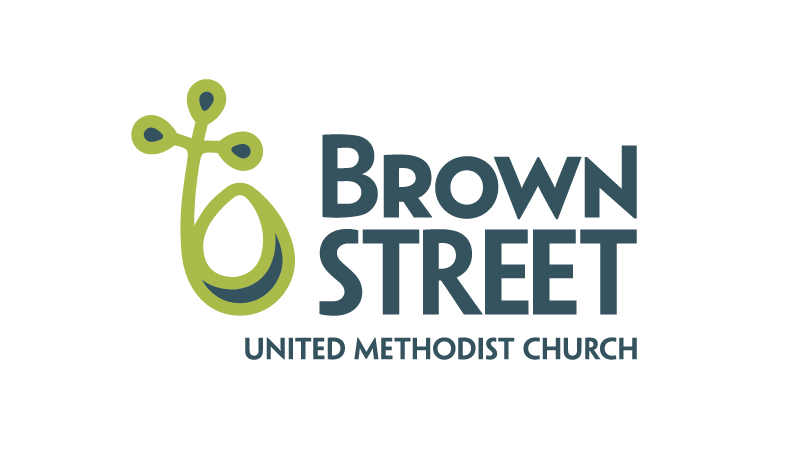Our Story
Between 1845 and 1855, more than a million Germans left their home country to escape the riots and rebellion that preceded the German Revolution of 1848. Many made their way to the United States; more specifically, the midwestern states of Ohio, Indiana, Michigan, and Kentucky. With so many German speaking people settling in the US, the Methodist Church saw the need for preachers to minister to this group of immigrants.
In the fall of 1851, the Methodist Church sent Christopher Keller (a native of Wurttemberg, Germany) from where he had settled in Ohio to Lafayette, Indiana to found a Deutsche Methodist Kirche. The small congregation of 27 began meeting in the basement of Trinity Methodist Church and later at First Christian Church.
Only 14 of those 27 people were able to become full members of the church. (Becoming a member was a much stricter process at that time.) Even still, in 1857, the small congregation was able to purchase a plot of land at the corner of 9th and Brown Streets in downtown Lafayette. In 1858, the first church building, a one-story, white frame structure, was built. The church was heated by stoves and lit with gas lamps.
In 1885, the current brick church building was constructed by Adam Herzog, a member of the church, at a cost of $11,500. Twenty years after that, in 1905, the sanctuary got an upgrade with a new pipe organ. (The organ has since been replaced, but the pipes are preserved and intact.) New stained glass windows were installed around the same time. The windows were given as memorials by families and groups within the congregation and installed by William Kumle. It is believed that Kumle, a member of the congregation and the owner of neighboring Indiana Art Glass Company, had the glass pieces created and cut in Germany and shipped to Lafayette for installation.
For the entire time the German congregation had been worshiping in Lafayette, they had experienced a lot of ridicule and discrimination, especially as anti-German sentiment increased during World War I. At the conclusion of one Sunday evening service, the congregation was unable to leave the building because it had been locked from the outside. George Wiegle, who is memorialized by one of the stained glass windows, was able to slip out of a window and open the door to let people out. The cornerstone of the church was defaced. Descendants of the original members had begun to leave to join English speaking congregations. All of this culminated in the decision to conduct all services in English in 1919. It was also decided to change the name of the church to Brown Street Methodist Church.
In the late 1940s, the men of the church undertook the job of digging out the church basement, which has since been upgraded to the current Fellowship Hall. Our Fellowship Hall is currently the meeting place for several Alcoholics Anonymous groups (Mondays at 7:30pm, Wednesdays at 7:30pm, and Saturdays at 10:00am). It is a place for families and friends to gather together to remember loved ones during funeral dinners. It is also where we host Family Dinner on Tuesdays at 5:30pm; our neighbors and community members gather to share a homecooked meal, pray together, sing together, and support each other.
At some point prior to 1970, Brown Street purchased the duplex next door. The annex has served as Sunday School classrooms, the nursery, a temporary home for those experiencing homelessness, and more. Currently, it houses our church office, the Wabash Valley Trust for Historic Preservation’s office, and studio space for local artists.
Efforts to improve, restore, and protect the historic church building have been ongoing. Once painted gray, the brick has since been sandblasted and returned to its original finish. Storm windows have been installed to protect the stained glass windows in the sanctuary, which have been restored. In the 1970s, we were added to the Historical Register of Tippecanoe County, and our building became a protected landmark in 2021.
In 2014, we constructed 25 raised garden beds, including two new handicap accessible beds, to grow produce for our neighbors, who are living in a food desert. In 2020, we became a member of the Reconciling Ministries Network, cementing our commitment to be a welcoming, inclusive place for all people.
Even as we continue to protect and honor our past, we are always looking toward the future. We are dreaming big, always seeking out new ways to connect with and love our neighbors, create community, and make disciples of Jesus Christ for the transformation of the world.
The information on this page was researched and compiled by Kathy McClannen.



